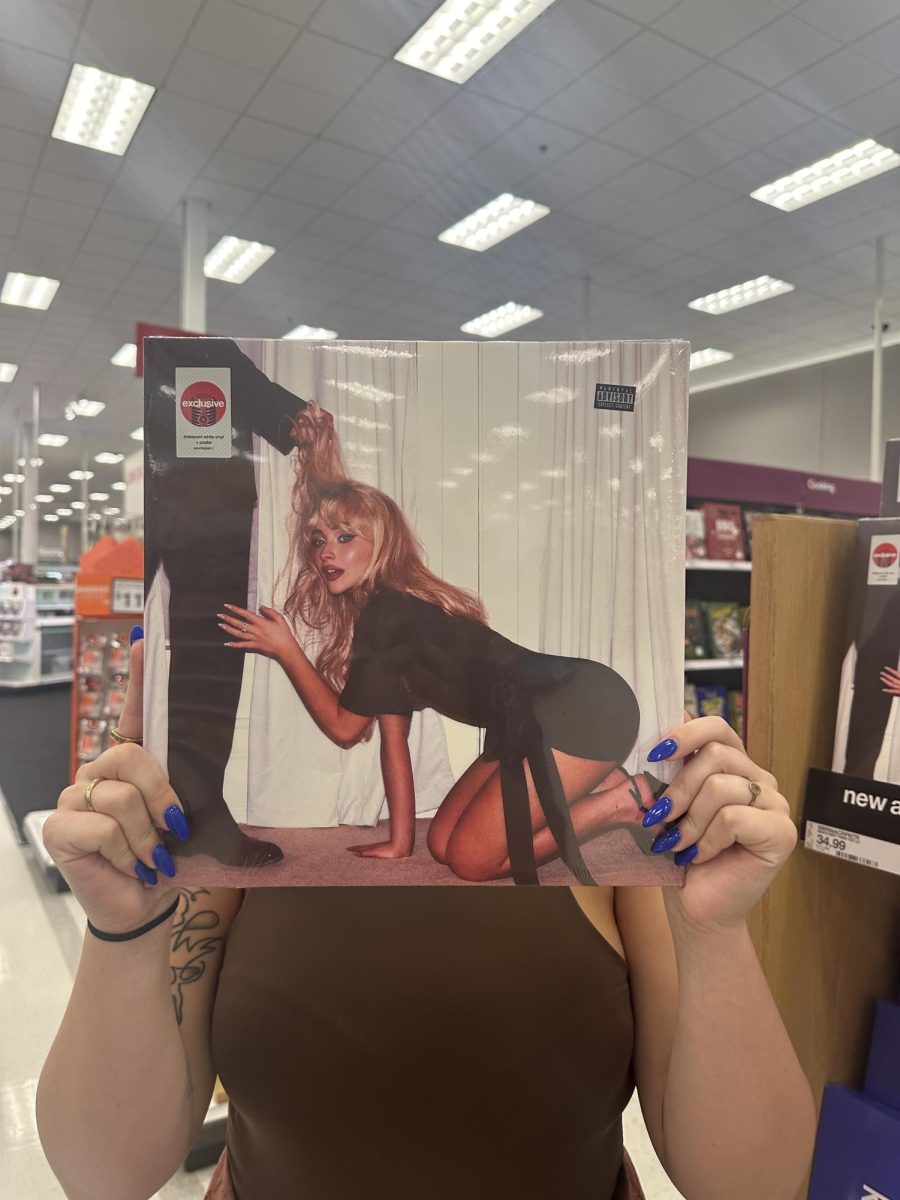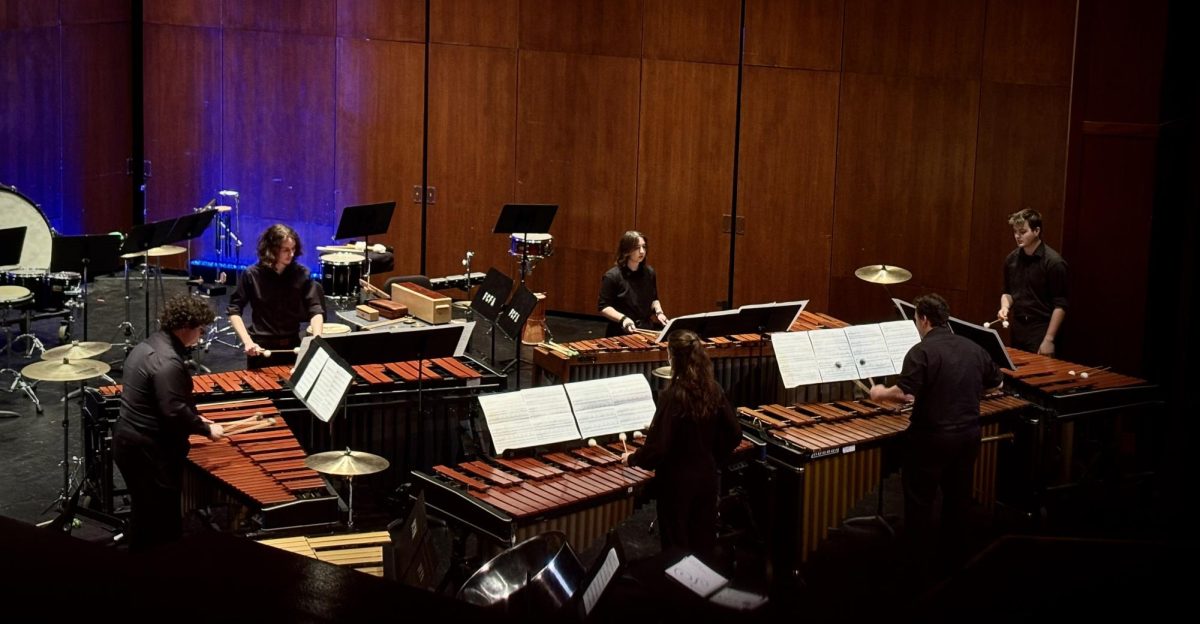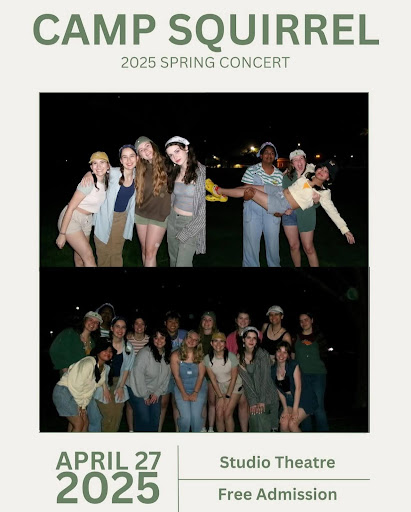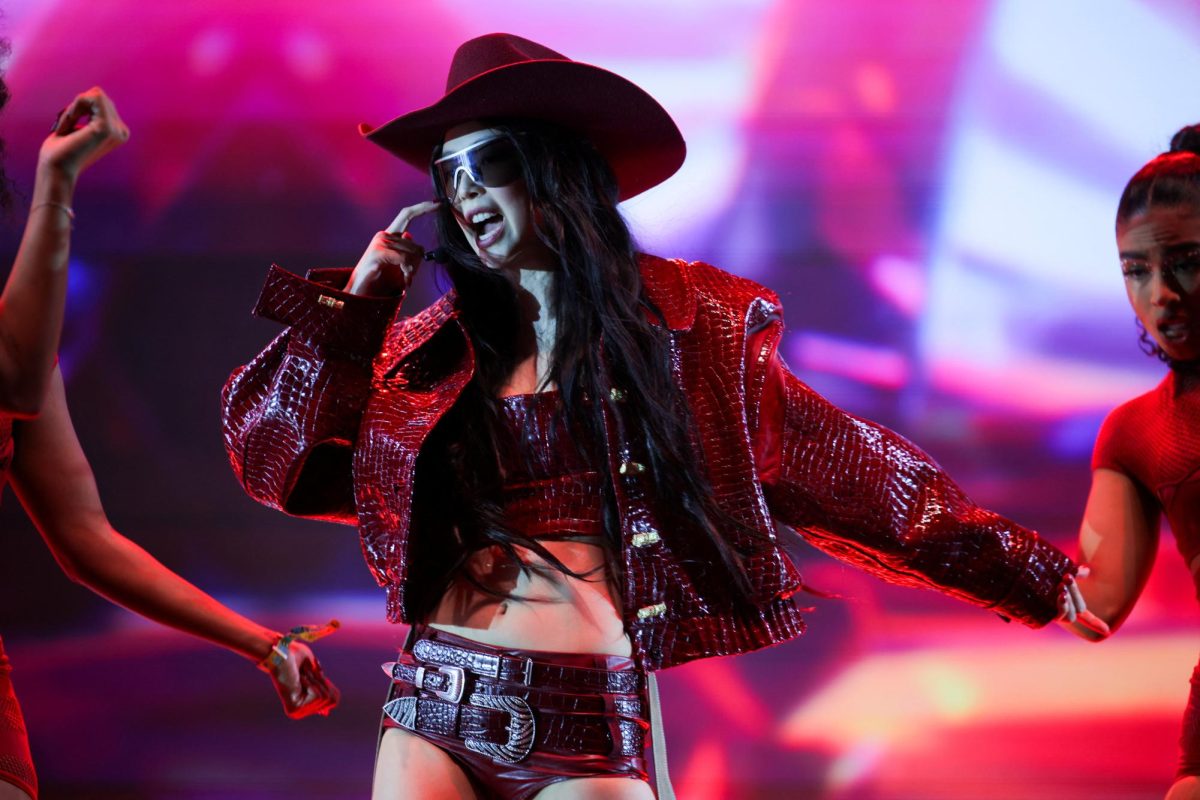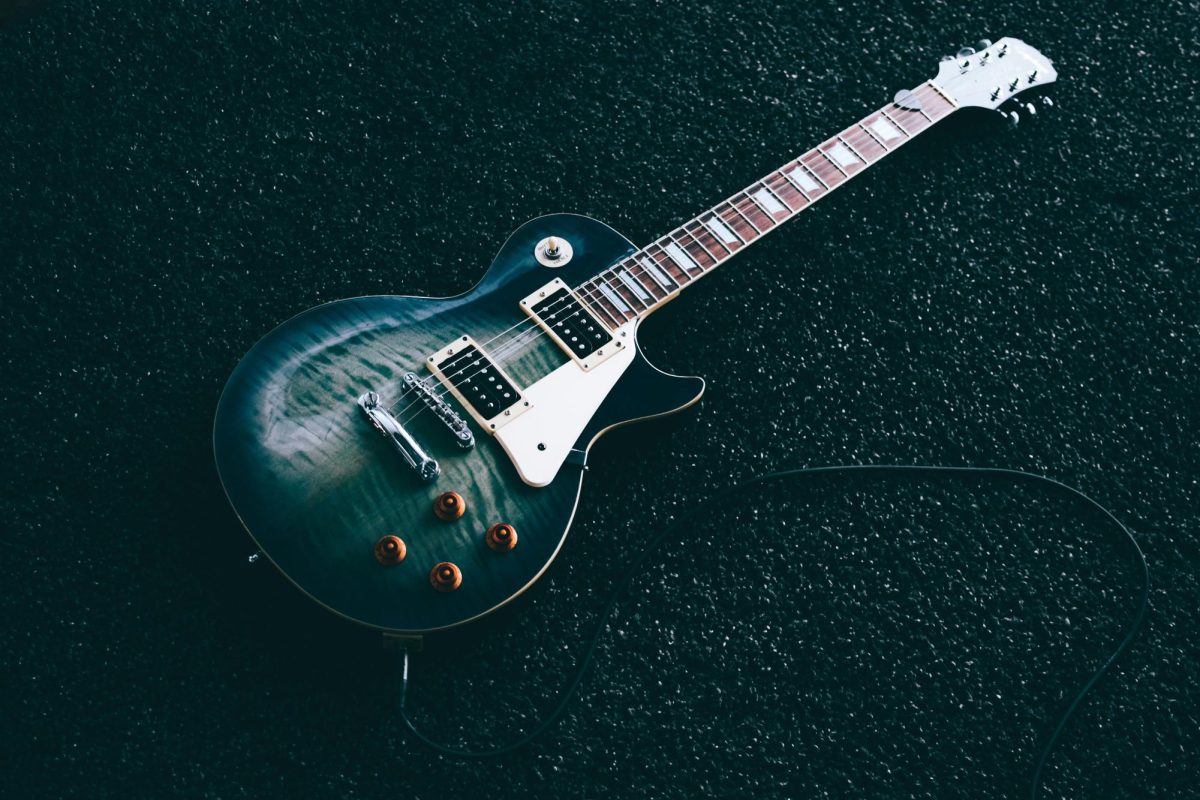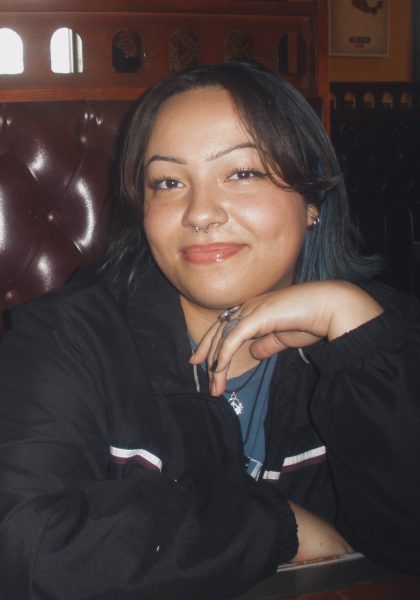Once the life of the party and the pulse of every club, “party music” now feels like a relic of an era when fun was loud, unapologetic and universally shared. But what happened to the bangers that made you want to dance like nobody was watching? And more importantly… is it time for them to come back?
“Party music” as a concept originated during the rise of Disco and Funk in the 70s with artists like the Bee Gees and Donna Summer, who made music that was groovy and perfectly suited for dancing in nightclubs. Modern day party music really exploded in the U.S. thanks to the rise of electronic dance music (EDM) and hip hop in the late 90s and early 2000s. Think of artists like MC Hammer or Daft Punk, who are generally associated with dance and party culture.
Party music began to dominate the mainstream media in the late 2000s and early 2010s following the global recession in 2008. People were looking for escapism in music and party music offers a feel-good and carefree vibe with lyrics often being about freedom, fun, money, and nightlife. This was also a time when music was spreading fast due to the explosion of social media and streaming. Music was reaching global audiences like never before.
Artists like Flo Rida, Pitbull, Kesha and The Black Eyed Peas blended the earlier styles of “party music” like Hip Hop, funk and EDM to create a new sound that was accessible to all kinds of party-goers. A lot of the artists from this time period have made entire careers out of making party music.
Party and clubbing music hasn’t completely disappeared of course, but it’s no longer the dominant trend like it was in the late 2000s and 2010s. The 2020s has seen the rise of music one could vibe to rather than high energy dance beats. People generally prefer their late night drive and heartbreak anthems over a clubbing track. Party music can be seen as corny or out of touch in this day and age, and the once-popular club bangers are just relics of a different era.
Gen-Z is often seen as the generation that killed the clubbing scene, but this is because there just isn’t a lot of music out there anymore that is made purely for a fun night out. Gen-Z doesn’t dance at the club because music isn’t designed for dancing anymore. Charli XCX’s “Brat” album was a cultural phenomenon in 2024 because she sort of revived the trashy party-girl aesthetic and reintroduced the idea of music being a little rebellious. The album was somehow both introspective and perfectly suitable for a night out.
The average vibe at a party in 2025 is unpredictable and all over the place, which is reflective of the current cultural moment we’re living in. There is no longer one vibe that everyone can come to a general consensus on, so usually the vibe of the party is whatever Joe Shmoe on aux wants it to be.
A collective shift back to the specific genre is probably not likely anytime soon, but the conditions for the comeback of party music are certainly brewing. Political and economic fatigue from young people is more prevalent and escapism through music is becoming more and more necessary.
